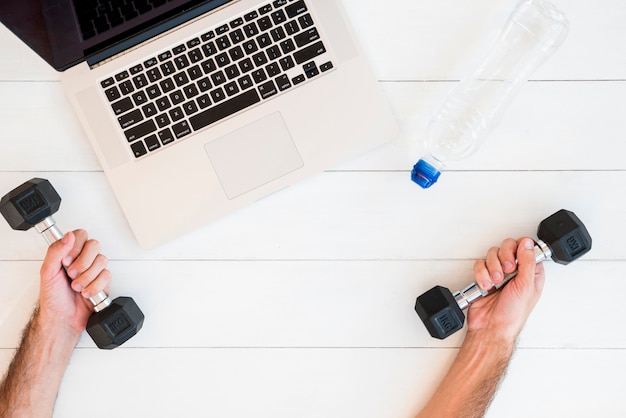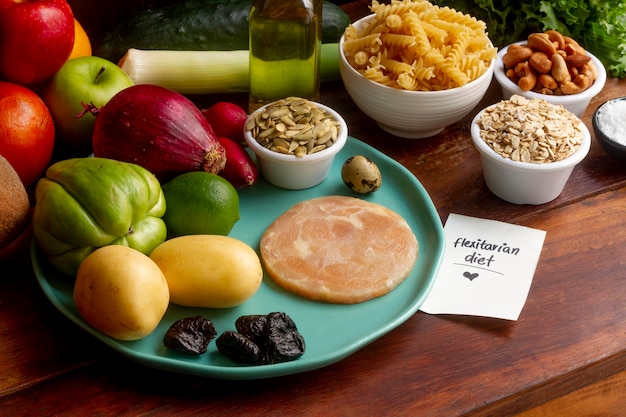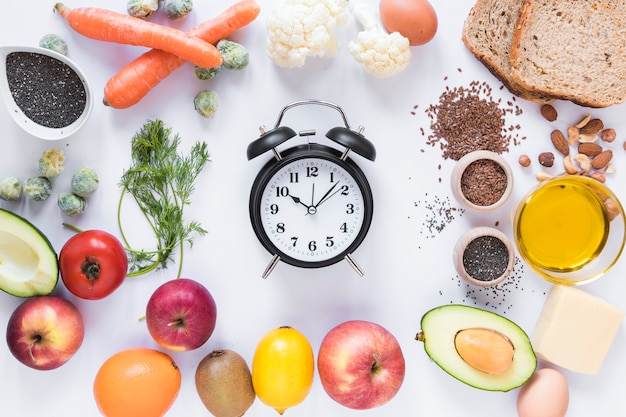If you're a teen trying to feel more energetic, manage weight, or just figure out the best way to eat, you've probably heard conflicting advice: "Eat every 3 hours to boost your metabolism!" or "Try intermittent fasting to burn fat faster!" So, which one actually works? And more importantly—what’s safe and effective for someone your age?
Metabolism is the process your body uses to turn food into energy. It’s not just about weight loss—it affects energy levels, focus, mood, and growth, especially during the teen years. Many believe that eating more often keeps your metabolism “fired up,” but science shows it’s not that simple.

The idea of eating 5–6 small meals a day to “stoke the metabolic fire” has been around for years. But recent studies show that total daily calorie intake matters more than meal frequency when it comes to metabolism.
In fact, spreading the same number of calories over six meals versus three doesn’t significantly increase calorie burn. For teens, this approach can sometimes lead to overeating or snacking on processed foods just to fill meal slots.
Intermittent fasting (IF) doesn’t focus on what you eat, but when. Common methods include the 16:8 method (16 hours fasting, 8-hour eating window) or eating within a 12-hour window.
During fasting periods, insulin levels drop, which helps your body tap into stored fat for energy. Some studies suggest short-term fasting may temporarily boost metabolism by up to 14%, especially when combined with healthy eating and physical activity.

Teens are still growing, and your body needs consistent nutrients for brain development, muscle growth, and hormone balance. Because of this, extreme fasting isn’t recommended. However, a gentle approach—like pushing breakfast 1–2 hours later or finishing dinner earlier—can be safe and manageable.
The key is balance. IF should never lead to skipping meals regularly, feeling weak, or obsessing over food. If you have a history of disordered eating, talk to a trusted adult or healthcare provider before trying any eating pattern change.
Whether you try intermittent fasting or stick with regular meals, here’s how to make it work:
Try a 12-hour fast—finish dinner by 7 PM and eat breakfast at 7 AM. Gradually extend if it feels right.
No matter your eating schedule, choose whole foods: fruits, veggies, lean proteins, whole grains, and healthy fats. Avoid using fasting as an excuse to binge on junk food during eating windows.

Use a simple journal or app to track:
This helps you see what works best for your body.
Drink water, herbal tea, or flavored sparkling water during fasting periods. Dehydration can mimic hunger and drain energy.
Exercise boosts metabolism naturally. Even 20–30 minutes of walking, dancing, or sports helps regulate appetite and improves sleep.
There’s no one-size-fits-all answer. Some teens feel more focused with intermittent fasting; others do better with regular meals. The best approach is the one that supports your growth, energy, and mental well-being.
Listen to your body. Eat nourishing foods. Stay active. And remember—healthy habits are about feeling good, not fitting into a trend.

Health

Health

Health

Health

Wellness

Wellness

Wellness

Fitness

Wellness

Health

Fitness

Fitness

Health

Fitness

Health

Health